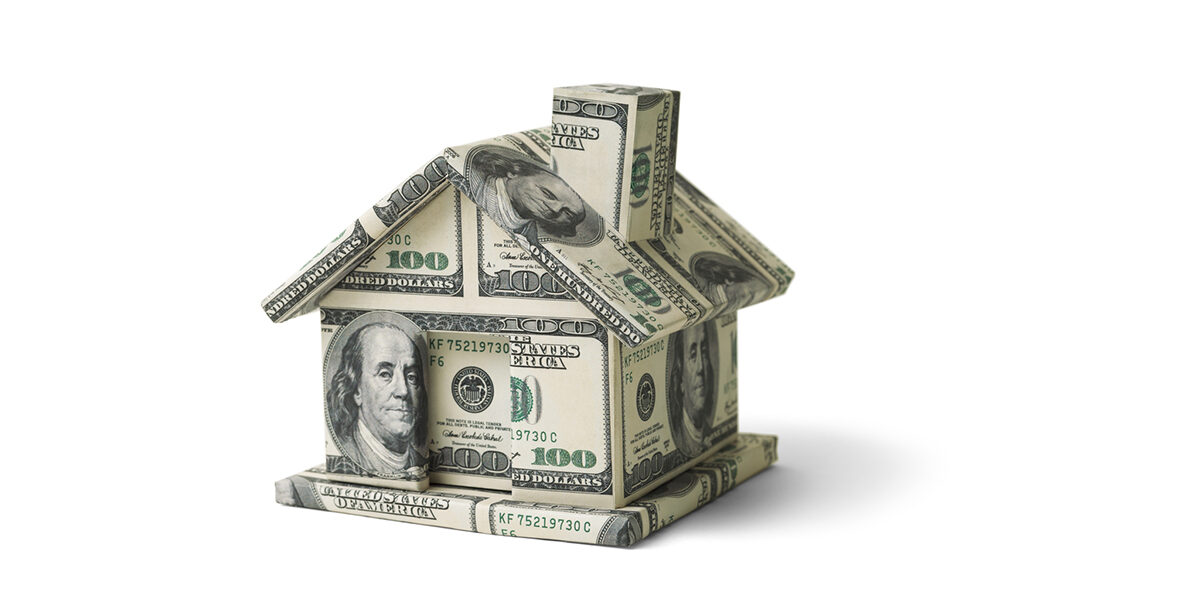Black Knight: 2021 Sees Record $2.6T Tappable Equity Gain; Home Prices Reaccelerate
The Data & Analytics division of Black Knight, Inc. (NYSE:BKI) released its latest Mortgage Monitor Report, based upon the company’s industry-leading mortgage, real estate and public records datasets. After a year of historic home price gains, homeowners’ tappable equity – the amount available for a mortgage-holder to access while retaining at least a 20% equity stake in their home – has hit yet another record high. According to Black Knight Data & Analytics President Ben Graboske, Q4 2021’s nearly half-billion-dollar increase in tappable equity has also resulted in the lowest total market leverage on record.
“Home price appreciation over the course of 2021 was unlike anything that’s come before, and the incredible growth we’ve seen in homeowner equity is testament to that fact,” said Graboske. “The aggregate total of $9.9 trillion represents an astounding 35% annual growth rate – which works out to an increase of $2.6 trillion in tappable equity in a single year. That’s $185,000 available to the average mortgage holder before hitting a maximum combined loan-to-value ratio of 80%. In fact, it’s driven total market leverage down below 45% for the first time on record. And while we saw the rate of home price growth begin to slow beginning in July 2021, that trend has since reversed – as has the modicum of improvement we’d started to see in inventory levels – making even further gains likely, at least in the near term. Both the Black Knight HPI and our Collateral Analytics daily tracking data showed home price growth reaccelerating as the year came to a close. In fact, at a time of the year that typically sees little to no price movement – home prices increased by 0.84% last month, marking the largest December price growth on record.”
This month’s Mortgage Monitor drills deeper into the current for-sale inventory crisis and its effects on the wider market. Analyzing Collateral Analytics data alongside industry consensus estimates, the report finds the number of new homes hitting the market has run a deficit for 30 consecutive months. After seeing the shortage of active listings improve from -63% in June 2021 to -55% in September, the deficit has begun to worsen, climbing back to -60% and trending in the wrong direction as of December. In total, the U.S. housing market is currently short between 500,000-750,000 active listings when compared to 2017-2019 December inventory levels.
Rising rates have also impacted refinance incentives, accelerating the shift to an equity-centric refi market. In the first weeks of the year, the market has seen a population of 11 million high-quality refi candidates cut down to less than 6 million – a 45% reduction. However, while paling in comparison to the nearly 19 million refi candidates just over a year ago, it still surpasses the average population of refi candidates during the 10-year span prior to the pandemic period. Analyzing the current distribution of first-lien interest rates alongside historical refinance pull-through rates and consensus 30-year rate forecasts, Black Knight estimates refi activity could pull back by more than 60% in 2022. Although this would cut overall originations by a third from 2020-2021, 2022 volumes would still be on the high end of the 2008-2019 era, with a stronger mix towards purchase lending (55-60%) and cash-out activity.

The Place for Lending Visionaries and Thought Leaders. We take you beyond the latest news and trends to help you grow your lending business.



